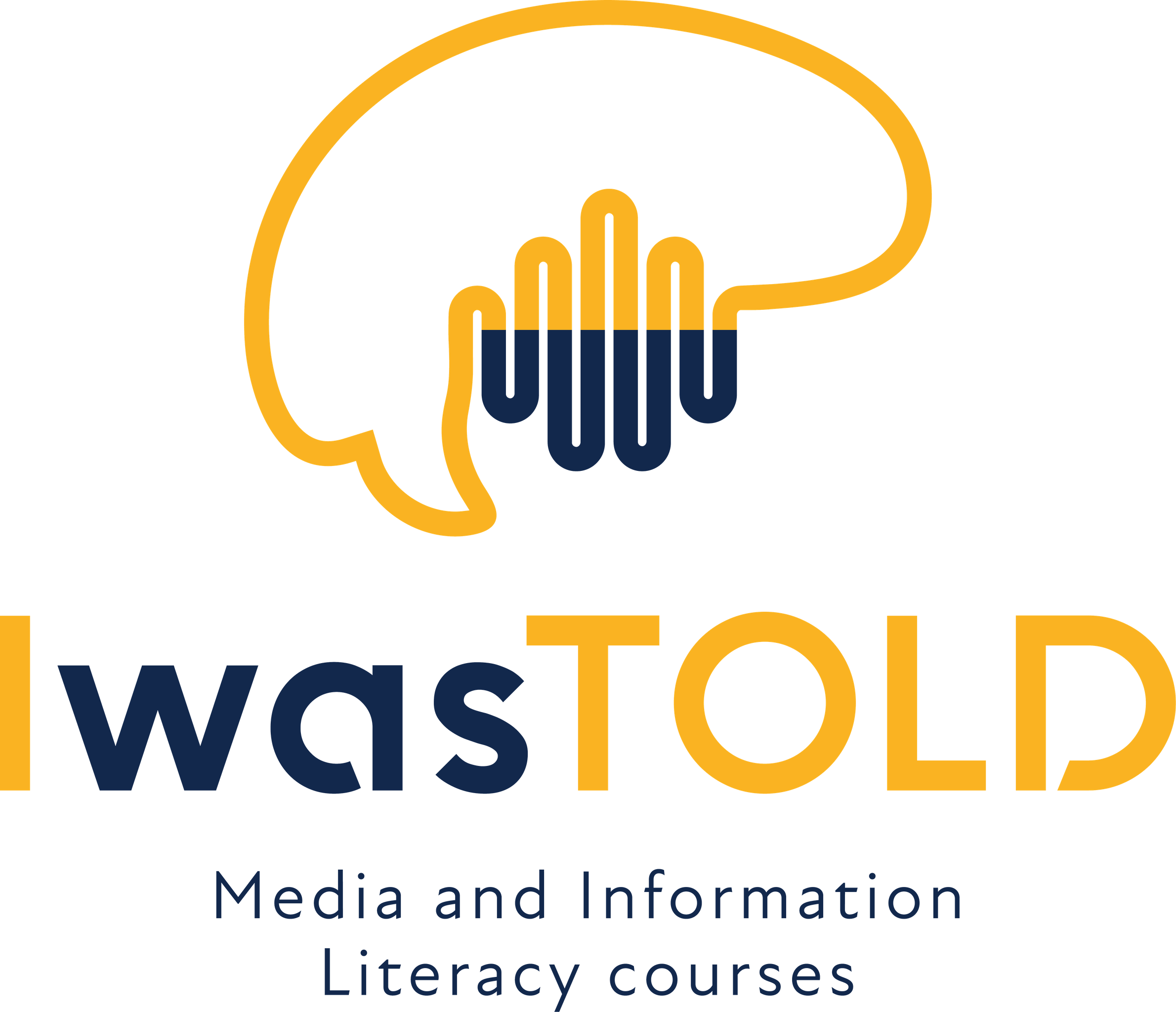4. MEDIA LITERACY AND NEW DIGITAL MEDIA ECOSYSTEM
-
New Media Ecosystem and Media Education 3.06 Topics|4 Quizzes
-
Platforms: The Power of GAFAM (Google, Apple, Facebook, Amazon and Microsoft)5 Topics|3 Quizzes
-
Algorithms and Their Role in Contemporary Digital Media Business6 Topics|4 Quizzes
-
Netflix and Algorithmic Literacy6 Topics|4 Quizzes
-
Fact-Checking Services as New Form of Digital Media5 Topics|3 Quizzes
Participants14
Big Data and datafication are terms often used by authors discussing contemporary media education, but what do they mean, and why do they matter?
As it is described by Italian scholars De Mauro, Greco & Grimaldi (2016) “the existing definitions for Big Data provide very different perspectives, denoting the chaotic state of the art. Big Data is considered as a term describing a social phenomenon, information assets, data sets, storage technologies, analytical techniques, processes and infrastructures”.
In 2001, Doug Laney suggested that Big Data can be characterised by three traits: volume (consisting of enormous quantities of data), velocity (created in real-time) and variety (being structured, semi-structured and unstructured). Mark van Rijmenam’s (2013) in blog post titled “Why The 3V’s Are Not Sufficient To Describe Big Data,” (https://datafloq.com/read/3vs-sufficient-describe-big-data/) suggested veracity, variability, visualization, and value as additional characteristics.
Later it was argued by Kitchin and McArdle that “Volume and variety are not necessary conditions of Big Data and without velocity and exhaustivity are not qualifying criteria.” According to them, “the 3Vs meme is actually false and misleading and along with the term itself is partially to blame for the confusion over the definitional boundaries of Big Data.”
Anyway, the sheer volume and variety of information that can be collected in Big Data allows for much deeper analysis than has been possible before. This enables the development of insights that can inform decisions and strategies in ways that were not possible earlier.
Various businesses use Big Data and the global Big Data analytics market is estimated to be worth over 240 billion U.S. dollars by 2021. According to Statista, the market is expected to see significant growth over the coming years. This is expected to have a market value of more than 650 billion dollars by 2029. This growth is driven by the increasing demand for data-driven insights and decision making in a variety of industries. Companies are increasingly using Big Data to gain an edge over their competitors, as well as to improve customer experience, automate processes, and reduce costs.

Big Data offer both advantages and disadvantages. On the one hand, Big Data makes it possible to make wise decisions and conduct predictive analysis, which can be used to address problems in every aspect of society. On the other hand, greater transparency regarding Big Data is required to guarantee the openness of vital life-supporting procedures. Without transparency, Big Data can become ‘black boxes’ that are difficult to understand and lead to a lack of trust in the decisions based on them. Despite the potential of Big Data, it is essential that the society is made aware of how it is being used and has access to the information, in order to ensure trust in the decisions that are made and to prevent Big Data becoming a ‘black box’.
Media Education 3.0 recognizes the importance of Big Data in the digital media landscape and aims to teach users how their data is collected, processed, and used in digital media, as well as how these developments affect media production, consumption, and analysis. Media users today should be aware of the implications of Big Data and datafication, which are increasingly used to advertising targeting, to influence not only shopping patterns, but also to guide political messaging in general elections (Carlsson, 2021).
Datafication refers to the process of transforming various aspects of our lives into data that can be analysed and used to make decisions. In other words, datafication is the process of turning things that were previously not considered as data into data. Datafication and media education are related because the increasing use of data in media and communication has significant implications for media education. As media becomes increasingly data-driven, it is important for media educators to help students understand how data is collected, analysed, and used in media and communication.
This requires understanding how algorithms process data and how they can be misused or lead to biased or inaccurate conclusions. Understanding the ethical and social implications of Big Data and datafication is just as significant as understanding the technical aspects of these concepts. It is essential to be mindful of the potential for misuse of data and algorithms, as well as the need to challenge and mitigate bias in automated decision-making.
⬇️ REFERENCES:
- De Mauro, A., Greco, M., & Grimaldi, M. (2016). A formal definition of Big Data based on its essential features. Library review, 65(3), 122-135.
- Laney D (2001) 3D data management: Controlling data volume, velocity and variety. In: Meta Group. Available at: http://blogs.gartner.com/doug-laney/files/2012/01/ad949-3D-Data-Management-Controlling-Data-Volume-Velocity-and-Variety.pdf
- Tyner, K. (2020). Media Literacy in the Age of Big Data. In Media Literacy in a Disruptive Media Environment (pp. 36-56). Routledge.
- Kitchin, R., & McArdle, G. (2016). What makes Big Data, Big Data? Exploring the ontological characteristics of 26 datasets. Big Data & Society, 3(1), 2053951716631130.
